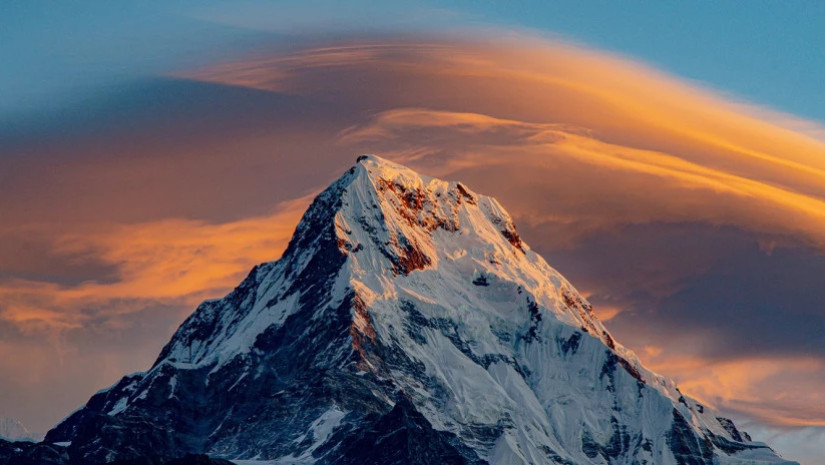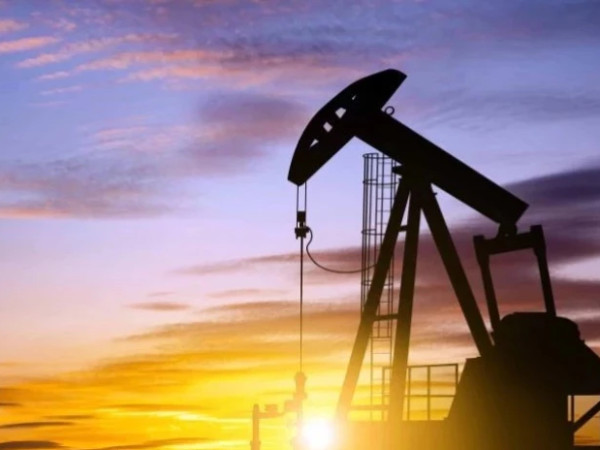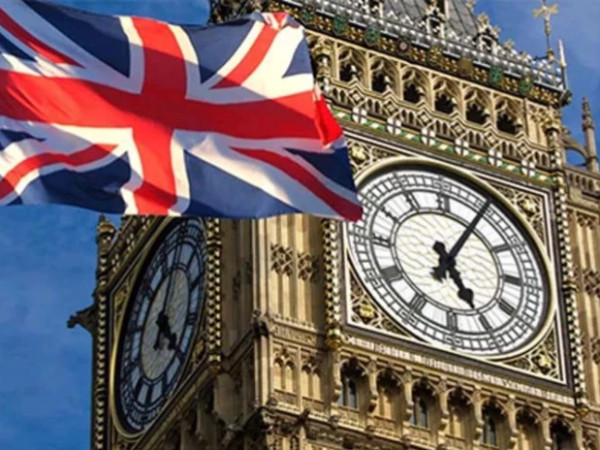Nepal is set to pass a law to grant permits to climb Mount Everest only to those who have previously scaled at least one 7,000-metre peak within the country, marking a major shift for the tourism-dependent country amid concerns over overcrowding and ecological imbalance on the world’s highest mountain.
Nepal, which is heavily reliant on climbing, trekking and tourism for foreign exchange, has faced criticism for permitting too many climbers, including inexperienced ones, to try to ascend the 8,849-metre (29,032 ft) peak.
This often results in long queues of climbers in the 'death Zone', an area below the summit with insufficient natural oxygen for survival.
The Integrated Tourism Bill proposed in Nepal’s upper house of Parliament on 18 April aims to address the issue of overcrowding, enhance climber safety, and mitigate ecological concerns on Everest, which has faced mounting issues like pollution and dangerous bottlenecks.
Nepal, the Himalayan country home to the world’s tallest peak, has been criticised for overly commercialising Everest by issuing permits to too many and sometimes inexperienced climbers.
Income from the permits that cost £12,000 and other spending by foreign climbers each year is the main source of revenue for the country which enjoys its unique feature of having eight of the world’s 14 highest mountains.
More tourists to the dangerous slopes have meant more garbage, human waste, and environmental damage on Everest. Rescue missions at extreme altitudes are extremely risky and expensive.
The proposed law will be debated and is expected to be passed in the National Assembly, where the ruling alliance holds a majority required to pass the bill.
The bill would require climbers to submit a certificate of climbing at least one peak above 7,000m in Nepal before applying for an Everest permit. This aims to ensure climbers have adequate high-altitude experience to handle the challenges of Everest, reducing risks associated with inexperience.
Mount Everest stands at 8,848.86m (29,031.7ft) above sea level, as confirmed by a 2020 joint survey by Nepal and China, and the route includes deadly glacier travel, ice climbing, and fixed-rope sections. The Khumbu Icefall and Hillary Step zones are considered particularly dangerous and referred to as death zones.


















